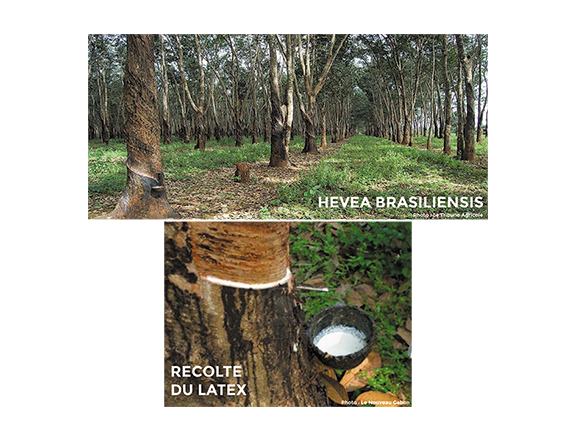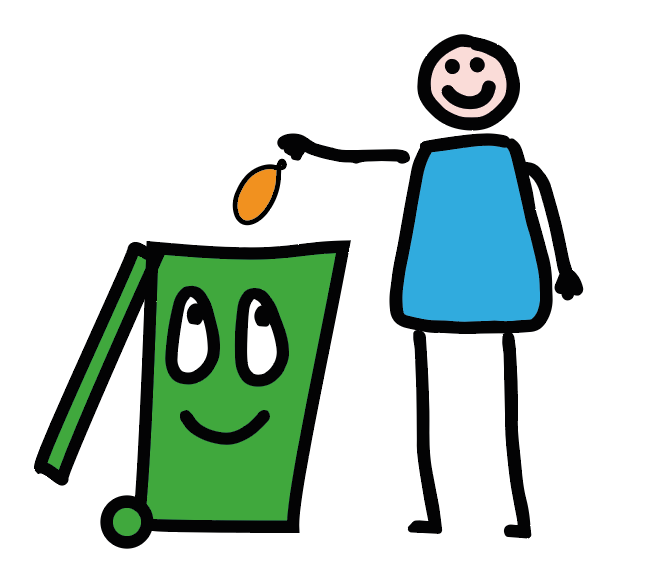Balloons and environment
There is a good reason for this : although they have different aspects, balloons and holders share the same natural origin, both being a product of trees. Did you know that?
For the story, it was during the first presentation at a meeting with several companies and economic development officers of the Saint-Omer area that I realized that balloons were not perceived as they should be.
Indeed, I was convinced that a majority of people were aware of the biodegradability of the latex balloons… But, finally, it turned out that I was perhaps the only one in the assembly to know about this!
Really surprised, I then realized that latex balloons had a strong image deficit: they were perceived as plastic waste!
For this reason, I have prepared this section that explains from where the balloon comes and how it is made.
How balloons are made ?
This is probably the point that will certainly surprise you the most:
Do you know that balloons are agricultural products?
Sure, agricultural products!
Below, you can watch a short video made by Channel Discovery UK, very informative.
It summarizes the different stages of making balloons, starting from the hevea, the rubber tree, from which latex is extracted from the sap (or rather, the milk channels of the tree) .
Plastic free

As you can see, there is very little transformations from liquid latex to balloon.
And, above all, there is no plastic or component derived from oil !
Biodegradability
Balloons and advertising balloons are 100% natural and 100% biodegradable !
Their amazing mechanical characteristics and bright colors make you think otherwise. However, once their life is over, the remains of balloons are subjected to degradation by sun UV, micro-organisms or microscopic fungi and return to the earth in a few years like the leaves of a tree.
The harvest of latex is done in planting, where the trees live from 20 to 30 years. They are felled for replanting and their wood is recovered and processed.
Hevea is the tree that provides currently latex, but other plants could be used in the future.
In any case, since latex is grown from plants, the balloon has a favourable carbon footprint.

Don’t forget !

As for everything, once the balloon is used or popped, the good reflex is to put what remains in the bin at least, and the holder with the cardboard to recycle.
However, if you have some balloons to throw, you can put them with the compost or in the garden.
